Home>Home Maintenance>How Many Hours A Day Should My Whole House Ventilation System Be Turned On?
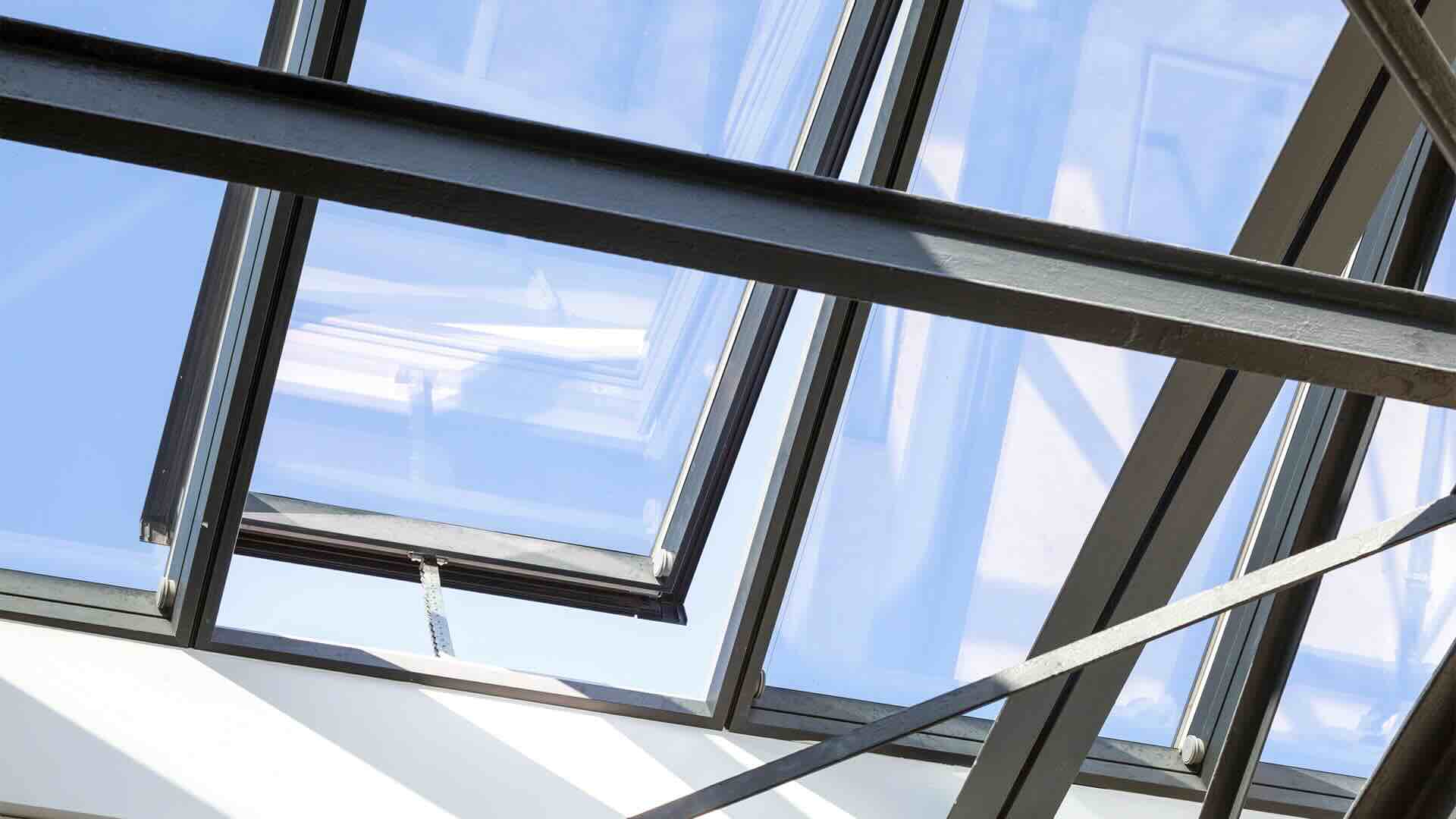

Home Maintenance
How Many Hours A Day Should My Whole House Ventilation System Be Turned On?
Modified: March 6, 2024
Find out how long your whole house ventilation system should be turned on each day for optimal home maintenance.
(Many of the links in this article redirect to a specific reviewed product. Your purchase of these products through affiliate links helps to generate commission for Storables.com, at no extra cost. Learn more)
Introduction
A whole house ventilation system plays a crucial role in maintaining a healthy and comfortable indoor environment. It helps to remove stale air, minimize moisture build-up, and reduce the concentration of pollutants and allergens. However, many homeowners are unsure about how long their whole house ventilation system should be turned on each day. In this article, we will explore the factors to consider when determining the operating hours of a whole house ventilation system.
Before we delve into the details, let’s first understand what a whole house ventilation system is and why it is important.
Key Takeaways:
- Running your whole house ventilation system for longer periods during high occupancy and activities like cooking and showering can improve indoor air quality and prevent moisture-related issues.
- Consider your climate, seasonal changes, and specific indoor air quality needs when determining the operating hours of your ventilation system. Optimizing its use can create a healthier and more comfortable living environment.
Read more: How Many Hours Should An AC Run Per Day
What is a Whole House Ventilation System?
A whole house ventilation system, also known as an HRV (Heat Recovery Ventilator) or ERV (Energy Recovery Ventilator), is a mechanical system designed to provide consistent fresh air throughout a house. It employs a network of ducts to distribute fresh air from outside and remove stale air from inside the house. These systems also feature heat or energy recovery mechanisms that help to minimize energy loss during the ventilation process.
Importance of Running the Whole House Ventilation System
Running a whole house ventilation system is vital for several reasons. Firstly, it ensures a continuous supply of fresh air, reducing the likelihood of stuffiness and odors in your home. This is particularly important in tightly sealed homes with limited natural ventilation. Secondly, it helps to control indoor humidity levels, reducing the risk of mold and mildew growth. Lastly, a properly ventilated home can improve indoor air quality by removing pollutants such as volatile organic compounds (VOCs), carbon dioxide, allergens, and dust particles.
Key Takeaways:
- Running your whole house ventilation system for longer periods during high occupancy and activities like cooking and showering can improve indoor air quality and prevent moisture-related issues.
- Consider your climate, seasonal changes, and specific indoor air quality needs when determining the operating hours of your ventilation system. Optimizing its use can create a healthier and more comfortable living environment.
Read more: How Many Hours Should An AC Run Per Day
What is a Whole House Ventilation System?
A whole house ventilation system, sometimes referred to as an HRV (Heat Recovery Ventilator) or ERV (Energy Recovery Ventilator), is a mechanical system that provides controlled ventilation throughout a house. It works by exchanging stale indoor air with fresh outdoor air while minimizing energy loss. These systems are typically composed of a central unit, ductwork, and vents that distribute air to various rooms in the house.
The primary function of a whole house ventilation system is to ensure a continuous supply of fresh air and remove stagnant or polluted air from the home. It accomplishes this by harnessing the power of mechanical fans and heat or energy recovery mechanisms.
Heat Recovery Ventilator (HRV): An HRV system uses two separate air streams, one for supplying fresh outdoor air and the other for exhausting stale indoor air. A heat exchanger allows for the transfer of heat between the two air streams, minimizing energy loss. In the winter, the outgoing warm indoor air preheats the incoming cold outdoor air, while in the summer, the system pre-cools the incoming hot outdoor air using the cooler indoor air.
Energy Recovery Ventilator (ERV): Similar to an HRV, an ERV system also uses two separate air streams for intake and exhaust. However, it has an additional feature that allows for the transfer of both heat and moisture between the air streams. This means that in addition to recovering heat, an ERV system can also help to control indoor humidity levels.
Both HRV and ERV systems typically have filters that help to remove contaminants from the incoming air, ensuring a cleaner and healthier indoor environment. Some advanced models even have sensors and controls that optimize ventilation based on humidity levels, outdoor air quality, and the occupancy of the house.
Overall, a whole house ventilation system is an essential component of a well-designed and energy-efficient home. It ensures a constant supply of fresh air, improves indoor air quality, controls humidity, and helps to maintain comfortable living conditions throughout the year.
Importance of Running the Whole House Ventilation System
Running a whole house ventilation system is vital for several reasons. Firstly, it ensures a continuous supply of fresh air, reducing the likelihood of stuffiness and odors in your home. This is particularly important in tightly sealed homes with limited natural ventilation. Without proper ventilation, indoor air can become stale and stagnant, leading to discomfort and potential health issues.
Secondly, a whole house ventilation system helps to control indoor humidity levels. Excessive moisture in the air can lead to mold and mildew growth, which can be detrimental to both the structural integrity of your home and your respiratory health. By constantly exchanging indoor air with fresh outdoor air, a ventilation system can prevent excessive moisture buildup and maintain optimal humidity levels.
Another key benefit of a properly functioning whole house ventilation system is the improved indoor air quality it provides. Indoor air can contain a wide range of pollutants, including dust, pollen, pet dander, volatile organic compounds (VOCs), and airborne particles. These pollutants can contribute to respiratory problems, allergies, and overall poor health. By continuously exchanging and filtering the air, a ventilation system helps to remove these pollutants and promote a healthier living environment.
In addition to the health benefits, running a whole house ventilation system can also help to increase energy efficiency in your home. With a heat recovery mechanism, such as an HRV or ERV, the system can recover a significant amount of the heating or cooling energy that would otherwise be lost during ventilation. This can result in lower energy bills and reduced environmental impact.
Furthermore, proper ventilation can also help to eliminate excess condensation on windows and other surfaces, reducing the risk of mold and moisture-related damage in the home. By keeping the air circulating, a ventilation system can prevent the formation of condensation and maintain a comfortable and moisture-free living environment.
Overall, running a whole house ventilation system is crucial for maintaining a healthy, comfortable, and energy-efficient home. It ensures a continuous supply of fresh air, controls humidity levels, improves indoor air quality, and helps to prevent moisture-related problems. By investing in a reliable and properly designed ventilation system, you can create a living space that promotes the well-being and comfort of you and your family.
Read more: How Long Should My HVAC Fan Run Per Hour
Factors to Consider for Determining the Operating Hours
When determining the operating hours for your whole house ventilation system, there are several factors to consider. These factors will vary depending on your specific circumstances, such as climate, occupancy, and indoor air quality requirements. Here are some key considerations to help you determine the optimal operating hours:
Climate and Seasonal Considerations
The climate in which you live plays a significant role in determining how often and for how long you should run your ventilation system. In regions with extreme temperatures, it may be necessary to run the system for longer periods of time to maintain a comfortable indoor environment. In colder climates, for example, running the system for longer during the winter will help to prevent excessive moisture buildup and heat loss. On the other hand, in hot and humid climates, running the system during the cooler hours of the day can help to bring in fresher air without adding too much heat to your home.
Occupancy and Activity Levels
The occupancy and activity levels within your home will also influence the operating hours of your ventilation system. If your home is frequently occupied and experiences a higher level of activities such as cooking, showering, and cleaning, it may be necessary to run the system for longer periods to effectively remove odors, moisture, and pollutants. Similarly, if you have pets or smokers in the house, running the system for extended periods can help to keep the air fresh and clean.
Indoor Air Quality Requirements
Consider your indoor air quality requirements when determining the operating hours of your ventilation system. Certain individuals may have specific sensitivities or health conditions that require higher air quality standards. In such cases, running the system for longer periods or even continuously can help to ensure a healthier indoor environment. Monitoring indoor air quality through the use of air quality sensors or regularly testing the air can also provide valuable insights into when and how long to run the ventilation system.
Energy Efficiency and Cost Considerations
While it’s important to maintain good indoor air quality and comfort, it’s also essential to consider the energy efficiency and cost implications of running your ventilation system. Running the system unnecessarily or for longer periods than necessary can lead to higher energy bills. Therefore, it’s advisable to strike a balance by running the system when it’s most needed and optimizing its operation based on the factors mentioned above. Additionally, investing in an energy-efficient ventilation system and regular maintenance can help to improve its efficiency and reduce energy consumption.
It’s worth noting that the operating hours of a whole house ventilation system may vary from household to household. It’s essential to assess your specific needs and adjust the operating hours accordingly. If you’re unsure, consulting with a professional HVAC technician or an indoor air quality specialist can provide valuable guidance and help you determine the most suitable operating hours for your specific circumstances.
Climate and Seasonal Considerations
When determining the operating hours for your whole house ventilation system, it’s important to take into account the climate and seasonal variations in your area. Different climates will have varying levels of humidity, temperature extremes, and air quality conditions throughout the year. Here are some considerations specific to climate and seasonal factors:
Temperature and Humidity
In regions with colder climates, running the ventilation system during the winter months is crucial to prevent excessive moisture buildup and maintain a comfortable indoor environment. Moisture from activities such as cooking, showering, and even breathing can accumulate indoors, leading to condensation on windows, mold growth, and discomfort. By running the ventilation system for longer periods, you can effectively remove humidity and reduce the risk of these issues. Additionally, during the summer months, running the system during cooler times of the day can help to bring in fresh air while minimizing heat gain.
Extreme Heat and Air Quality
In areas with hot and humid climates, the focus shifts to managing heat and maintaining a healthy indoor environment. Running the ventilation system during the hottest parts of the day may introduce additional heat to your home, making it less effective. Instead, opt to run the system during the cooler hours, such as early morning or late evening, when outdoor temperatures are lower. This will help to bring in fresh air without adding extra thermal load to your home. Furthermore, in areas with poor air quality, such as high levels of outdoor pollution or allergens, running the ventilation system during times when outdoor air is cleaner can help to filter and improve indoor air quality.
Read more: How Wide Should My Range Hood Be
Seasonal Changes
Seasonal changes also affect how you should operate your whole house ventilation system. During transitional periods, like spring and fall, when temperatures are moderate and humidity levels are relatively balanced, you may be able to reduce the operating hours of the system. However, it’s crucial to monitor indoor humidity levels and air quality during these times to ensure that the system is running sufficiently to maintain a healthy and comfortable indoor environment.
Climate Variability
It’s important to keep in mind that climate conditions can vary from year to year, and even within regions. Changes in rainfall patterns, temperature extremes, and air pollution levels can impact the optimal operating hours of your ventilation system. Staying aware of the local climate trends and monitoring indoor conditions will help you make necessary adjustments to the operating hours as needed.
Climate and seasonal considerations are essential factors to keep in mind when determining the operating hours of your whole house ventilation system. By understanding the specific challenges posed by your climate and adapting your system’s operation accordingly, you can maintain a comfortable, healthy, and energy-efficient indoor environment throughout the year.
Occupancy and Activity Levels
When deciding on the operating hours for your whole house ventilation system, it’s crucial to consider the occupancy and activity levels within your home. The number of people living in your home and the activities they undertake can significantly impact the indoor air quality, moisture levels, and overall ventilation needs. Here are some factors to consider when determining the operating hours based on occupancy and activity levels:
Occupancy
The number of occupants in a home directly affects the amount of pollutants and moisture generated indoors. More people in the house mean increased carbon dioxide levels from breathing, higher humidity from activities like showering and cooking, and more potential for allergens and odors. If your home has a high occupancy rate, it’s advisable to run the whole house ventilation system for longer periods to ensure proper air exchange and maintain indoor air quality.
Read more: How To Clean The House In An Hour
Activity Levels
The activities performed within your home also impact the level of ventilation required. Activities such as cooking, cleaning, and even using certain household products can release pollutants and moisture into the air. For instance, cooking can produce smoke, grease particles, and odors that need to be effectively removed. If your home experiences high levels of activity, it’s essential to run the ventilation system for sufficient periods to eliminate these contaminants and maintain a fresh and healthy indoor environment.
Pets and Smoking
If you have pets or smokers in your home, it’s important to consider their impact on indoor air quality. Pets can introduce dander, fur, and odors, while smoking can significantly reduce air quality due to secondhand smoke. In these cases, running the ventilation system for extended hours can help to remove allergens, particles, and odors associated with pets or smoking.
Occupancy Schedule
Another factor to consider is the occupancy schedule of your home. If your house remains unoccupied for extended periods during the day, you may not need to run the ventilation system continuously. Instead, you can adjust the system to run during peak occupancy hours or when activities that generate pollutants or moisture are likely to occur. This ensures that fresh air is circulating when it’s needed the most and avoids unnecessary energy consumption when the house is vacant.
By taking into account the occupancy and activity levels within your home, you can customize the operating hours of your whole house ventilation system to meet the specific ventilation needs. This will help to ensure optimal indoor air quality, remove pollutants and moisture effectively, and create a comfortable living environment for you and your family.
Indoor Air Quality Requirements
When determining the operating hours for your whole house ventilation system, it’s important to consider your specific indoor air quality requirements. Everyone’s air quality needs can vary based on factors such as sensitivities, allergies, and underlying health conditions. Here are some factors to consider when determining the operating hours based on indoor air quality requirements:
Read more: How Many Chia Seeds Should I Eat A Day
Sensitivities and Allergies
If you or anyone in your household has sensitivities or allergies to certain substances, it’s crucial to ensure that the air quality is well-maintained. Running the whole house ventilation system for longer periods can help to remove allergens such as dust, pollen, pet dander, and mold spores from the indoor air. By minimizing exposure to these allergens, you can help to alleviate symptoms and promote a healthier indoor environment.
Asthma and Respiratory Conditions
Individuals with asthma or other respiratory conditions may have specific indoor air quality needs. Poor air quality can trigger asthma attacks or worsen respiratory symptoms. Running the ventilation system for extended periods can aid in removing irritants, such as particulate matter and volatile organic compounds (VOCs), that can exacerbate respiratory issues. Additionally, ensuring proper filtration and regular maintenance of the system can help to further improve air quality for those with respiratory conditions.
Volatile Organic Compounds (VOCs)
Volatile organic compounds are chemicals that can be emitted from various sources such as cleaning products, paints, and certain furnishings. These compounds can have both short-term and long-term health effects. If you are concerned about the presence of VOCs in your home, running the whole house ventilation system for longer periods can help to reduce their concentration and improve overall air quality. Additionally, using low-VOC or VOC-free products can also contribute to a healthier indoor environment.
Mold and Moisture Control
Mold thrives in environments with high moisture levels. If you have a history of moisture-related issues or live in an area prone to high humidity, running the ventilation system for longer periods can help to control moisture levels and prevent mold growth. Proper ventilation is essential in areas such as bathrooms, kitchens, and basements, where moisture tends to accumulate. Additionally, using the system to draw in fresh air can help to reduce the likelihood of musty odors associated with mold and mildew.
Read more: How Many Hours To Germinate Barley
Air Quality Monitoring
Using air quality monitoring devices or regularly testing the indoor air can provide valuable insights into the air quality in your home. These tools can measure factors such as particulate matter, VOC levels, humidity, and carbon dioxide concentrations. Monitoring your indoor air quality can help you determine when and for how long to run the ventilation system, ensuring that it effectively addresses any specific air quality concerns.
Understanding and addressing your specific indoor air quality requirements will help you determine the optimal operating hours for your whole house ventilation system. By customizing the system’s operation based on these requirements, you can create a healthier and more comfortable living environment for you and your family.
Energy Efficiency and Cost Considerations
When determining the operating hours for your whole house ventilation system, it’s important to consider energy efficiency and cost implications. Running the system for extended periods can result in higher energy consumption and increased utility bills. Here are some factors to consider when determining the operating hours based on energy efficiency and cost considerations:
Optimal Use of the System
To maximize energy efficiency, it’s essential to use your whole house ventilation system judiciously. Determine when the system is most needed, such as during periods of high occupancy or when activities that generate pollutants and moisture occur. By running the system selectively, you can ensure that it operates when necessary without wasting energy during times when the ventilation needs are minimal.
Timers and Controls
Consider using timers and controls to automate the operation of your whole house ventilation system. This allows you to set specific operating hours or adjust the ventilation rate based on time and occupancy. Timers can be particularly useful in situations where you want the system to run for a set period or during specific times of the day. By leveraging these automation features, you can optimize the system’s operation without the need for constant manual control.
Read more: How Many Pumpkin Seeds Should I Eat A Day
Energy Recovery Mechanisms
If your whole house ventilation system is equipped with a heat recovery ventilator (HRV) or an energy recovery ventilator (ERV), take advantage of their energy-saving capabilities. These mechanisms help to recover and transfer heat or energy between the incoming and outgoing air streams. By minimizing energy loss during the ventilation process, HRVs and ERVs can reduce the impact on your heating and cooling systems, resulting in lower energy consumption and cost savings.
Regular Maintenance
Maintaining your whole house ventilation system properly can contribute to its energy efficiency. Regularly cleaning or replacing filters, inspecting and cleaning ductwork, and ensuring proper mechanical operation can help to optimize the system’s performance. A well-maintained system operates more efficiently, reducing energy waste and potential costly repairs down the line.
Energy-Efficient Equipment
Consider investing in an energy-efficient whole house ventilation system. Look for systems that have earned the ENERGY STAR® certification, as these have been independently tested and verified for their energy-saving capabilities. While the initial investment may be higher, energy-efficient equipment typically operates more efficiently and can provide long-term energy and cost savings.
When determining the operating hours of your whole house ventilation system, striking a balance between optimal ventilation and energy efficiency is key. By considering energy efficiency and cost considerations alongside ventilation needs, you can create a well-ventilated home while minimizing energy consumption and reducing utility expenses.
Tips for Optimal Use of a Whole House Ventilation System
To ensure that your whole house ventilation system operates effectively and efficiently, consider implementing the following tips:
Read more: How To Install A Whole House Fan
1. Understand the System
Take the time to familiarize yourself with how your whole house ventilation system works. Read the manufacturer’s instructions and understand the different ventilation modes and settings available. This will help you make informed decisions when operating the system.
2. Set a Schedule
Establish a schedule for your ventilation system based on your occupancy and activity levels. Determine specific times when it should be operating, such as during peak occupancy hours or when activities that generate moisture or pollutants are likely to occur. Setting a schedule ensures that the system runs when it is most needed, optimizing its effectiveness.
3. Use Timers and Controls
Utilize timers and controls to automate the operation of your ventilation system. This allows you to set specific operating hours or adjust the ventilation rate based on time and occupancy. Timers and controls provide convenience and help ensure consistent and efficient operation.
4. Regularly Clean and Replace Filters
Maintain the cleanliness and efficiency of your ventilation system by regularly cleaning or replacing filters. Dirty filters can obstruct airflow and reduce the system’s effectiveness. Follow the manufacturer’s recommendations for filter maintenance intervals to ensure optimal performance.
5. Ensure Proper Airflow
Check that the vents and grilles in your home are unobstructed to allow for proper airflow. Blocked vents can restrict the system’s effectiveness and result in poor ventilation. Regularly clean and clear any debris or obstructions to maintain optimal airflow.
6. Monitor and Adjust for Seasonal Changes
Be mindful of seasonal changes in temperature, humidity, and air quality. Adjust the operating hours and ventilation rates of your system accordingly. For example, in colder seasons, extended operating hours may be necessary to control moisture levels, while in warmer seasons, running the system during cooler hours can minimize additional heat gain.
7. Consider the Outdoor Air Quality
Be aware of the outdoor air quality in your area. If there are high levels of pollution or allergens, consider running the ventilation system during times when outdoor air quality is better. This helps to filter and improve the indoor air quality.
8. Perform Regular Maintenance
Maintain your ventilation system by conducting regular maintenance. This includes cleaning ducts, inspecting mechanical components, and ensuring proper functioning of fans and motors. Regular maintenance helps to optimize the system’s performance and prevent potential issues.
Read more: How Many Filters Does My HVAC Have
9. Monitor Indoor Air Quality
Use indoor air quality monitoring devices or conduct regular air quality tests to assess the effectiveness of your ventilation system. Monitoring indoor air quality provides valuable insights into the system’s performance and enables you to make adjustments as needed.
10. Seek Professional Advice
If you’re unsure about the optimal use of your ventilation system or have specific concerns, consider consulting with a professional HVAC technician or an indoor air quality specialist. They can provide expert advice tailored to your specific needs.
Following these tips will help you optimize the use of your whole house ventilation system, ensuring that it operates efficiently and effectively to provide a healthy and comfortable indoor environment for you and your family.
Conclusion
A whole house ventilation system is a valuable component of maintaining a healthy and comfortable indoor environment. By understanding the factors to consider when determining its operating hours, you can optimize its effectiveness while ensuring energy efficiency and cost savings.
Consider your climate and seasonal variations to determine when and for how long to run the system. Adapting to temperature extremes and humidity levels is essential to maintain comfort and prevent moisture-related issues. Additionally, take into account the occupancy and activity levels within your home. Running the system for longer periods during high occupancy or when activities that generate pollutants are taking place can improve indoor air quality.
Your specific indoor air quality requirements should also play a role in determining operating hours. Consider sensitivities, allergies, and respiratory conditions within your household, and customize the system’s operation to address these needs. Regular monitoring of air quality and proper maintenance of the system can contribute to a healthier indoor environment.
Energy efficiency and cost considerations are crucial factors to keep in mind. Optimize the use of your ventilation system by setting a schedule, using timers and controls, and investing in energy-efficient equipment. Regular maintenance, such as cleaning filters and ensuring proper airflow, can also contribute to energy savings.
In conclusion, by following the tips provided and considering the factors discussed, you can achieve optimal use of your whole house ventilation system. By doing so, you will ensure a continuous supply of fresh air, maintain a healthy indoor environment, and enhance energy efficiency in your home.
Frequently Asked Questions about How Many Hours A Day Should My Whole House Ventilation System Be Turned On?
Was this page helpful?
At Storables.com, we guarantee accurate and reliable information. Our content, validated by Expert Board Contributors, is crafted following stringent Editorial Policies. We're committed to providing you with well-researched, expert-backed insights for all your informational needs.
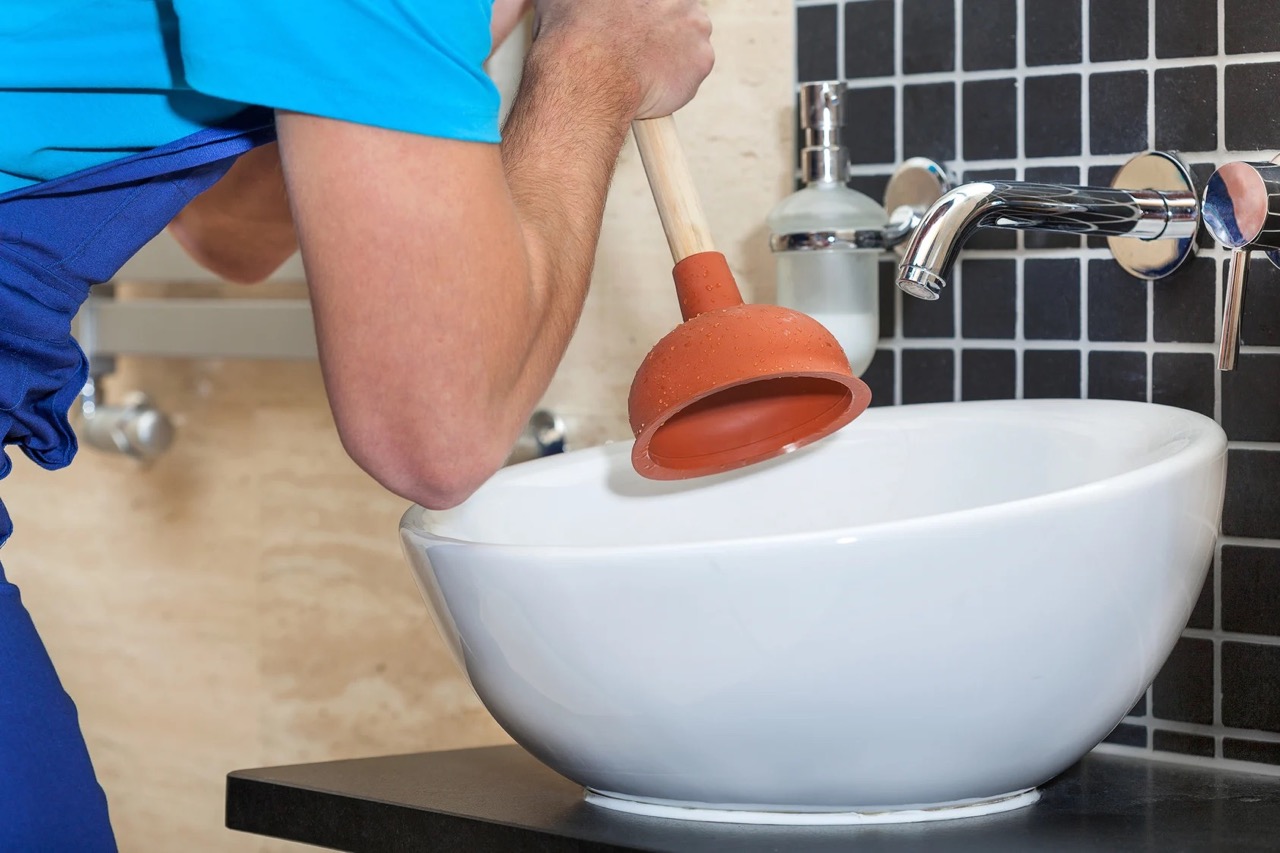
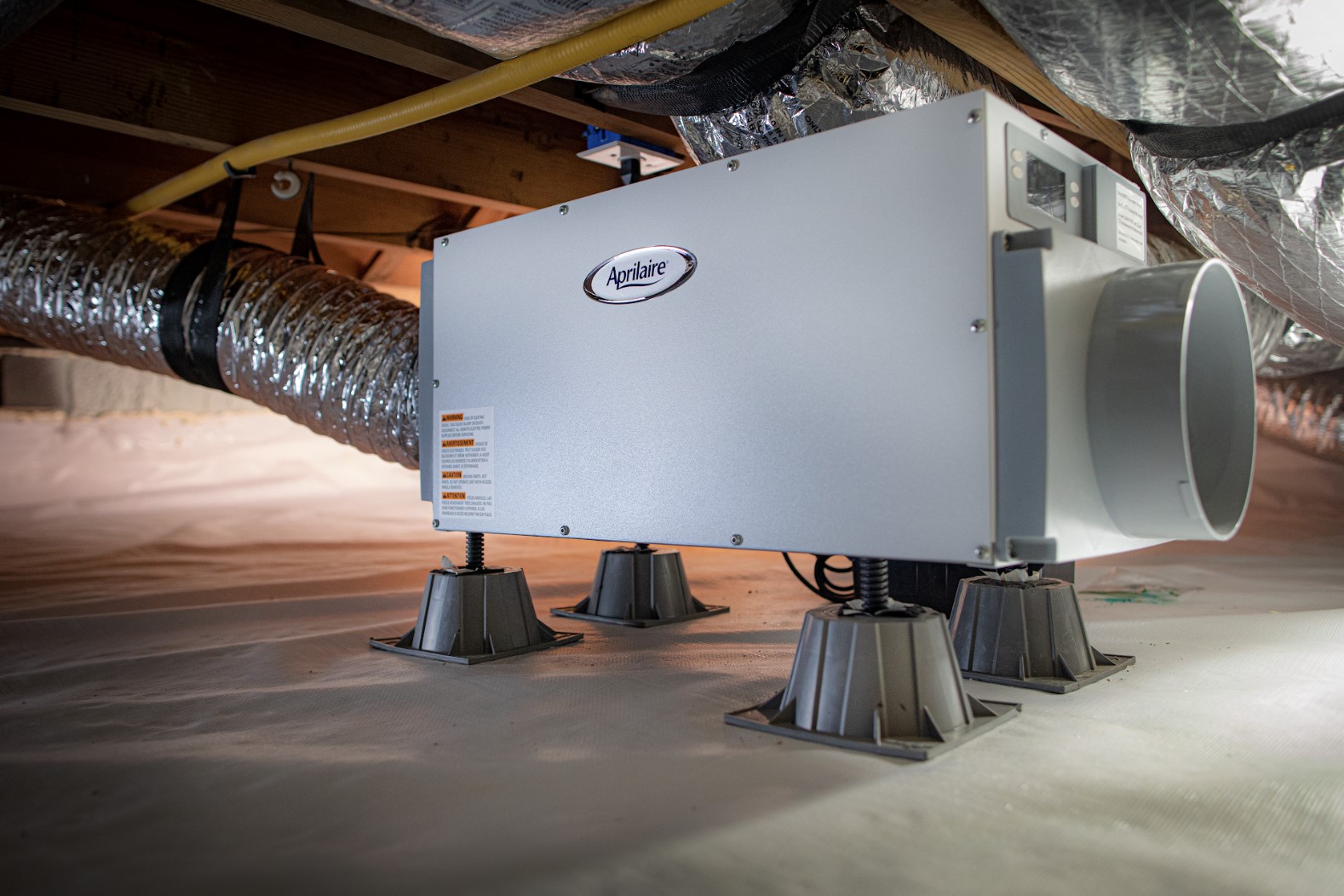
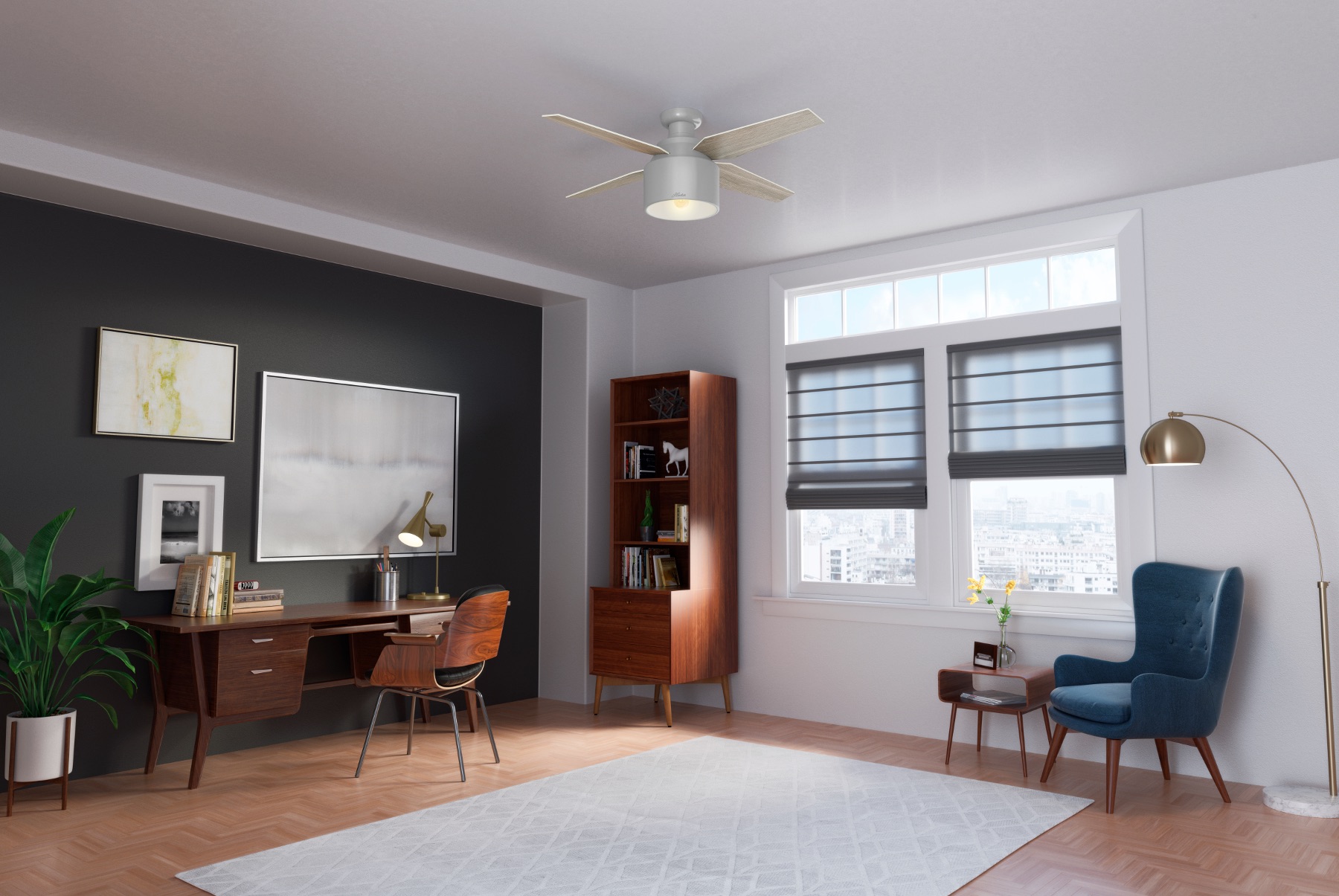
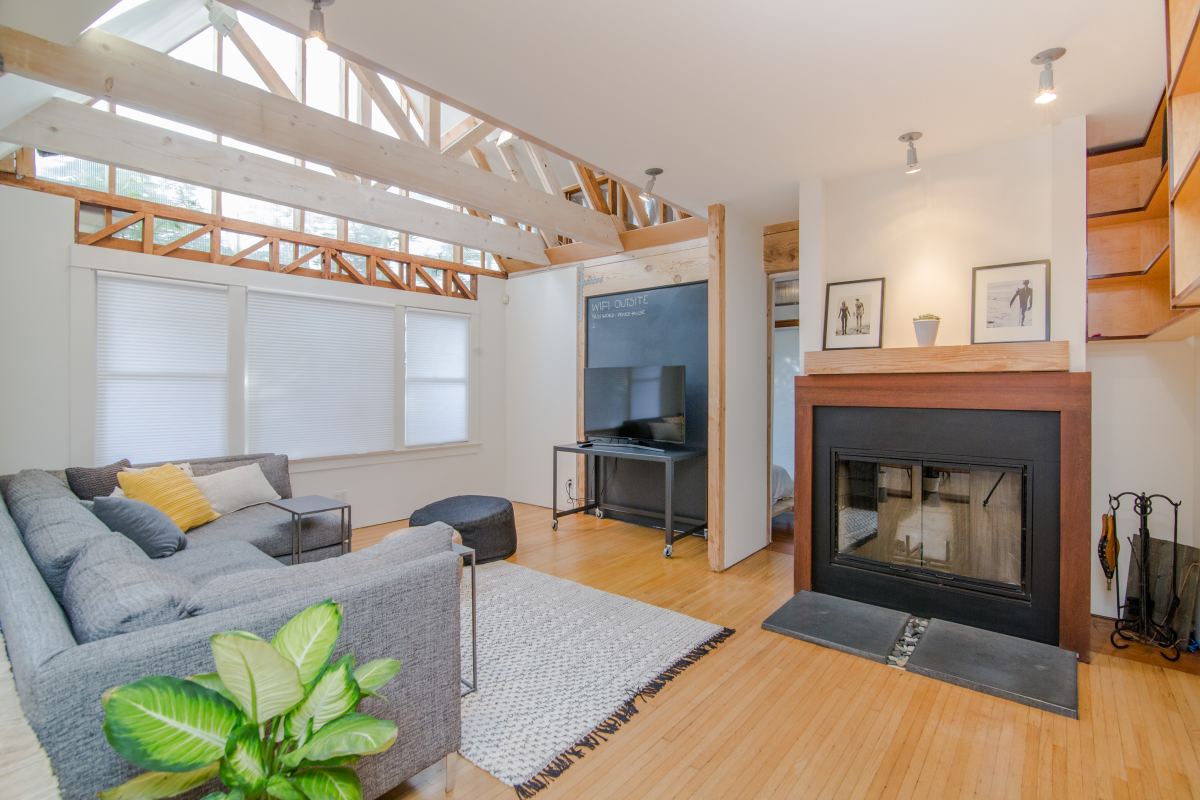


0 thoughts on “How Many Hours A Day Should My Whole House Ventilation System Be Turned On?”